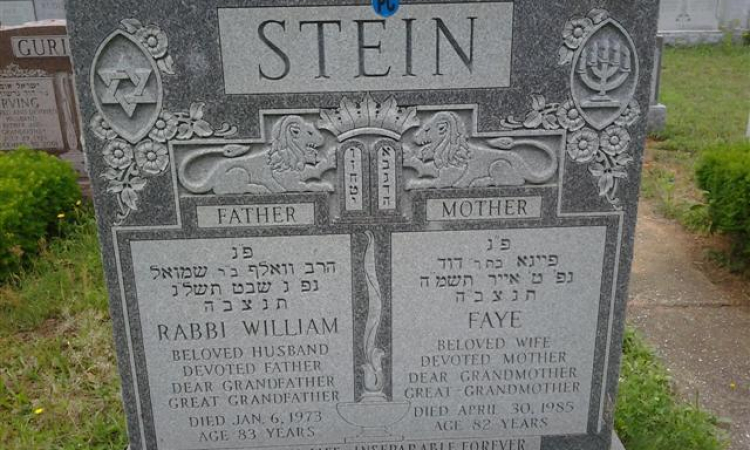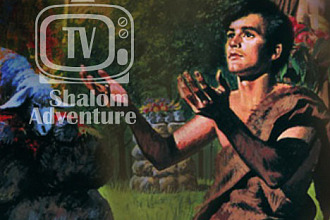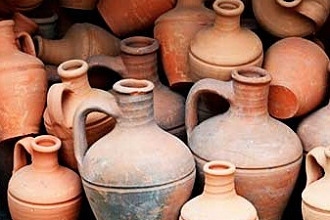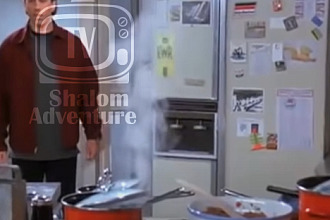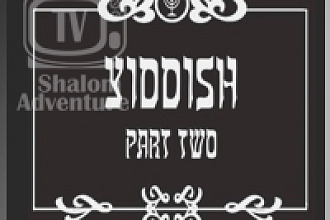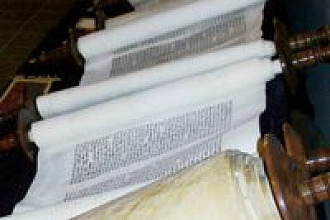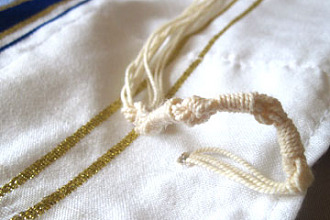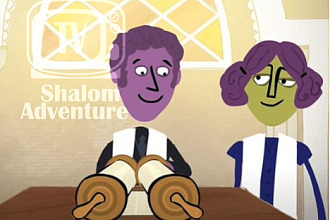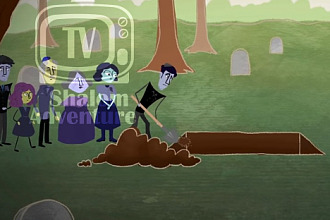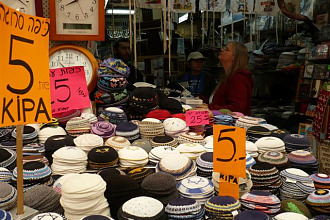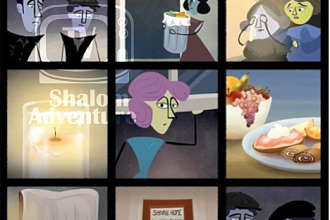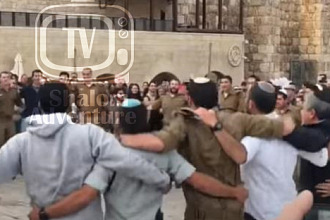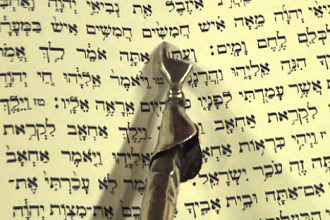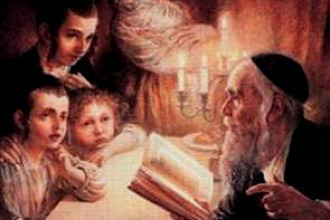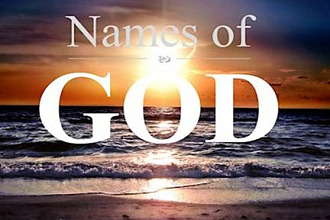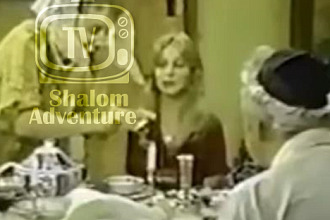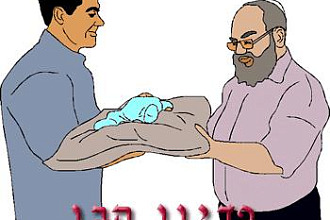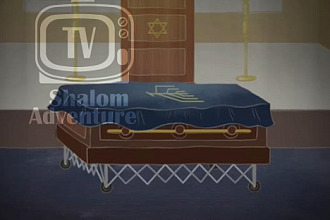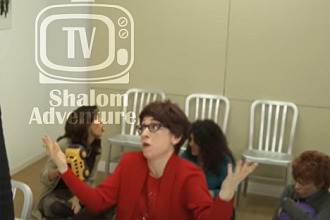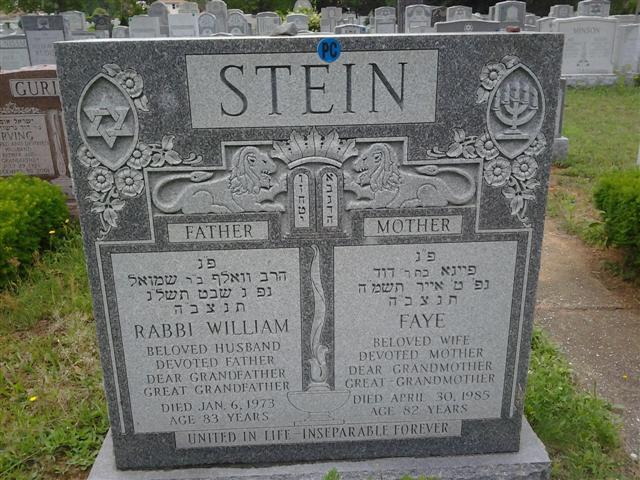 There are several Jewish traditions surrounding the death loved ones. We say the mourner’s kaddish. It is not a mournful dirge, but rather praise to the Giver of Life. Mourners tear their garments, expressing their grief, and put soil on the casket after it is lowered into the ground, putting closure on the reality before us. For seven days we sit shiva (seven) mourning and remembering those who died.
There are several Jewish traditions surrounding the death loved ones. We say the mourner’s kaddish. It is not a mournful dirge, but rather praise to the Giver of Life. Mourners tear their garments, expressing their grief, and put soil on the casket after it is lowered into the ground, putting closure on the reality before us. For seven days we sit shiva (seven) mourning and remembering those who died.
During the seven days that we sit shiva friends visit with us to console us and help us remember what our loved one meant to us. On the anniversary of the death of our loved one we light the Yahrzeit (year time) candle to remember the person who died. The Yizkor (remembrance) service is the time when we remember our loved one.
Some other traditions associated with death include the using of a plain wood casket to help the body return to dust as quickly and as naturally as possible. The gravestone is normally unveiled a year after the death but in Israel it is done a month after death. Those visiting the gravesite place pebbles there instead of flowers, possibly because pebbles are more abundant than flowers or possibly because they are more enduring. None of these traditions are in the Bible, but all of them are helpful as we go through the grieving process. They can give us the ability to physically, visually, and audibly walk through our loss. These traditions are intended to give us time to mourn our loss before getting back into the necessary routine of life.
Originally from: Jewish Discoveries by Jeff Zaremsky, page 308, which contains a total of 22 fascinating chapters of biblical history and lessons plus 25 rich Jewish tradition sections, and 27 powerful testimonies, with over 40 beautifully rendered professional works of art all on over 300 jam packed pages. You can own this treasure by visiting www.Jewishheritage.net

